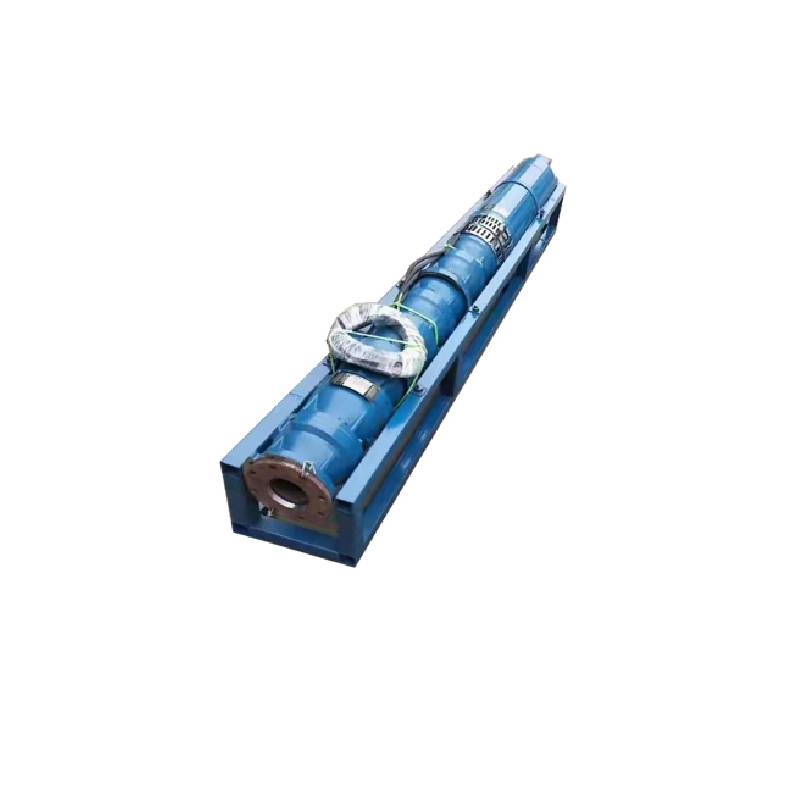Dec . 13, 2024 04:34 Back to list
Submersible Pumps for Efficient Irrigation Solutions in Agriculture Systems
Submersible Pumps for Irrigation A Comprehensive Overview
In the realm of modern agriculture, efficient irrigation is paramount to ensuring healthy crop yields and optimizing water use. One pivotal technology that has revolutionized this field is the submersible pump. These pumps have emerged as indispensable tools for farmers, gardeners, and landowners. This article delves into the benefits, applications, and considerations of submersible pumps for irrigation systems.
What is a Submersible Pump?
A submersible pump is a type of pump that is designed to be submerged in water, allowing it to push water to the surface effectively. Unlike traditional pumps that draw water from above the water level, submersible pumps operate with a sealed motor, which prevents it from getting submerged while ensuring efficient operation. This design makes them ideal for various applications, particularly in irrigation.
Benefits of Submersible Pumps for Irrigation
1. Efficiency Submersible pumps are highly efficient due to their unique design, which helps reduce energy consumption. They are capable of moving large volumes of water with less energy compared to their surface counterparts.
2. Reliability These pumps are built to withstand harsh environmental conditions, making them a reliable choice for irrigation. Their robust construction minimizes maintenance issues and downtime, allowing farmers to focus on other aspects of agricultural management.
3. Space Saving Since they are placed underwater, submersible pumps do not require significant surface space. This makes them ideal for farms and gardens where space is limited.
4. Versatility Submersible pumps can be used in various applications, including soil irrigation, drainage of flooded areas, and water supply for livestock. They are versatile enough to serve different needs depending on the specific requirements of the land.
5. Ease of Installation Although installation may require a professional, once in place, submersible pumps are relatively easy to operate. Many models come equipped with automatic controls, facilitating a more straightforward irrigation process.
Applications in Irrigation
submersible pump for irrigation

Submersible pumps are widely used in agricultural irrigation systems, particularly in areas where groundwater extraction is essential. They are commonly employed to draw water from wells, ponds, or reservoirs, enabling farmers to irrigate their fields efficiently. In addition, these pumps are vital in areas susceptible to drought, as they allow farmers to access deeper water sources, thereby ensuring a consistent water supply for crops.
Moreover, submersible pumps are widely recognized for their ability to manage various irrigation techniques, including drip and sprinkler systems. By maintaining adequate water pressure and distribution, these pumps help maximize crop production and optimize water usage.
Considerations When Choosing a Submersible Pump
When selecting a submersible pump for irrigation, several factors must be considered
1. Flow Rate Assess the required flow rate based on the size of the area being irrigated and the specific type of crops being grown.
2. Depth of Water Source Measure the depth of the water source to ensure that the pump can operate effectively at that depth.
3. Power Supply Determine the availability of power sources to support the pump’s operation. Many models operate on electricity, but some are designed for solar power, which can be beneficial in remote areas.
4. Material and Durability Choose pumps made from corrosion-resistant materials to withstand harsh conditions, especially for those in saline or brackish water sources.
5. Budget Ensure that the selected pump fits within your budget while meeting the performance requirements.
Conclusion
Submersible pumps have become essential components of modern irrigation systems, offering efficiency, reliability, and adaptability. As agriculture continues to evolve, these pumps will play a critical role in sustainable farming practices, ensuring optimal water management and crop productivity. By understanding the benefits and considerations of submersible pumps, farmers can make informed decisions that elevate their irrigation strategies and, ultimately, their yields.
-
Submersible Water Pump: The Efficient 'Power Pioneer' of the Underwater World
NewsJul.01,2025
-
Submersible Pond Pump: The Hidden Guardian of Water Landscape Ecology
NewsJul.01,2025
-
Stainless Well Pump: A Reliable and Durable Pumping Main Force
NewsJul.01,2025
-
Stainless Steel Submersible Pump: An Efficient and Versatile Tool for Underwater Operations
NewsJul.01,2025
-
Deep Well Submersible Pump: An Efficient 'Sucker' of Groundwater Sources
NewsJul.01,2025
-
Deep Water Well Pump: An Efficient 'Sucker' of Groundwater Sources
NewsJul.01,2025
-
 Submersible Water Pump: The Efficient 'Power Pioneer' of the Underwater WorldIn the field of hydraulic equipment, the Submersible Water Pump has become the core equipment for underwater operations and water resource transportation due to its unique design and excellent performance.Detail
Submersible Water Pump: The Efficient 'Power Pioneer' of the Underwater WorldIn the field of hydraulic equipment, the Submersible Water Pump has become the core equipment for underwater operations and water resource transportation due to its unique design and excellent performance.Detail -
 Submersible Pond Pump: The Hidden Guardian of Water Landscape EcologyIn courtyard landscapes, ecological ponds, and even small-scale water conservancy projects, there is a silent yet indispensable equipment - the Submersible Pond Pump.Detail
Submersible Pond Pump: The Hidden Guardian of Water Landscape EcologyIn courtyard landscapes, ecological ponds, and even small-scale water conservancy projects, there is a silent yet indispensable equipment - the Submersible Pond Pump.Detail -
 Stainless Well Pump: A Reliable and Durable Pumping Main ForceIn the field of water resource transportation, Stainless Well Pump has become the core equipment for various pumping scenarios with its excellent performance and reliable quality.Detail
Stainless Well Pump: A Reliable and Durable Pumping Main ForceIn the field of water resource transportation, Stainless Well Pump has become the core equipment for various pumping scenarios with its excellent performance and reliable quality.Detail
